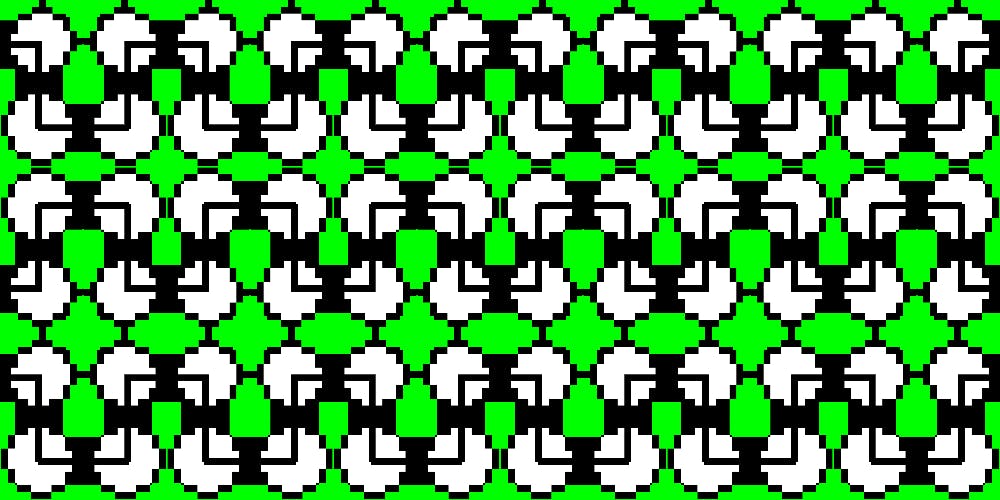A silly experiment reveals fascinating insights about language
In case you’ve been sleeping for the past twenty years, emoji usage has been going 📈📈📈. By mid-2015, half of all comments on Instagram included an emoji. Hollywood released a full feature-length film titled The Emoji Movie. Even Google’s CEO Sundar Pichai is posting about urgent fixes to the hamburger emoji.
For some, emoji have caused frustration for users (how the heck are you supposed to use the 🙃 emoji?). Yet for many others, emoji has opened up a fascinating new medium of communication. There are even emoji charade-esque “games” where users can guess a movie title based on a series of emoji. (try these: 💉💎 or 👦🏻👓⚡). But what happens when you push emoji a step further?
The Experiment: Text Only in Emoji
What happens when emoji are the only language you can use? How does communication change in a pictographic medium? As an experiment, my friends and I spent a weekend texting only in emoji.
The one rule: no letters or words. Below are some screenshots of what our message conversations looked like.
Patterns Emerge
While it may seem like a complete jumbled mess, my friends and I noticed language emerging in our conversation. Here are some of our key insights.
We created our own words and sentences
We started off our emoji day with some basics:
- First, we established subjects. I was 🤓, and I could use it to represent “me” in sentences. For example, 🤓🏃🏢 could mean “I’m running to work.”
I wonder if this pattern would emerge for non-English speakers. While English is subject-prominent, languages like Korean are topic-prominent, and have less of an emphasis on the subject.
- Next up was negation. ❌🗣️ means “No talk.”
- Next, we established questions. We used❓liberally to indicate questions, and 🤔 to indicate “I’m not understanding.” I’d say questions composed about 30–40% of our communication, so this was a critical emoji discovery.
- Then, we added more interesting complex relationships. 🔜 implied that, after time, one thing would lead to another. 🤓🔜🗣️ means that “I’ll be able to talk soon.” We created a scale for asking “How do you feel?”: 😄😀🙂😕☹️😴❓
- As our communication advanced, we adopted each others’ language. My friend used 🔺 to indicate “and.” After I understood, I started adopting the same emoji meaning. Since communication was so challenging and time-intensive, cooperating on each others’ emoji meaning was critical.
- Time in emoji is very expressive. 🕐🕑🕒🕓🕔🕕🕖🕗🕘🕙🕚🕛🕜🕝🕞🕟🕠🕡🕢🕣🕤🕥🕦🕧 allowed us to communicate time very easily.
Subtlety was lost
Imagine communicating in English, but the only emotional words you could use were “good,” “bad,” “sad,” and “angry.” You could probably get the point across, but the subtlety and nuance of your sentences is lost. Our conversation felt constrained — it’d take a lot of communication to get a concept like “ambition” across.
What does this indicate about the English language — in what ways is even more complex subtlety lost when feelings are translated into words?
Typos were costly
As soon as I accidentally typed an emoji on accident, it took several text messages to steer us back on the right track. I’m sure eventually we would have developed an emoji set that translated to “never mind,” but during our limited conversation we struggled to understand each other over the typos.
Communication was just plain hard
I wanted to convey a simple phrase: “Today is Groundhog Day!” Look at how hard my seemingly simple communication was.
I’m trying to show “bear” + “hole” + “day” = “Groundhog day.” When that doesn’t work, I try to indicate other holidays (Thanksgiving, Christmas, Valentine’s Day) and also show that the “bear”+”hole” is choosing between spring or winter. Unfortunately, the message just doesn’t get across.
But, it was pretty fun!
Despite the communication challenges, there was a lot of joy in solving the literal puzzles of communication and devising creative ways to express thoughts.
Try it!
I had a lot of fun playing around with emoji for a day, and learned some interesting patterns in my communication. I’d encourage you to try it yourself, and post below on what worked for you or what lessons you learned! At the very least, I have a much greater appreciation for these amazing inventions called words.
If you found this article entertaining, please show your appreciation by clapping 👏 below. Check out my three most viewed articles below:


